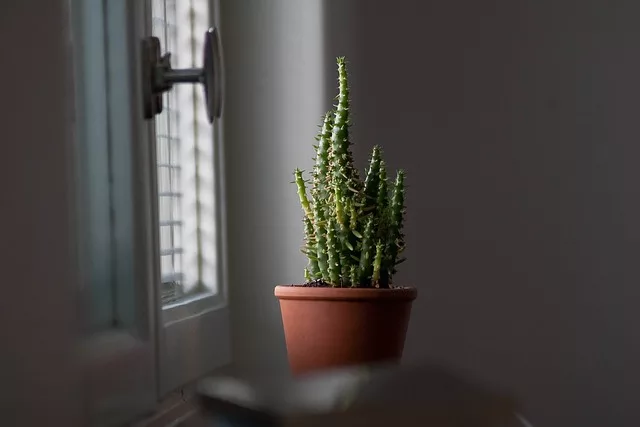So the question on this occasion is: how big can succulents grow? Well first of all you need to know the basics. Succulents are plants that usually have thick leaves and stems with small flowers. They grow in different shapes, colors, textures, and sizes depending on the species. Some succulent plants can get up to 10 feet tall, while some smaller types only get up to 3 or 4 inches tall! This growing potential will depend on the variety and the care we give to our succulents.
Main characteristics of succulents
Succulents are plants made up of a diversity of families. Not all of them are linked genetically, but they do have a set of characteristics that group them.
The most important is its ability to store water. Through different reserve organs, thanks to these organs succulents can store water in large quantities.
Sometimes, up to 95% of its structure is made up of water. This condition enables other capabilities; succulents withstand drought much better than other species. They are prepared to adapt to hot climates and not receive water for several days. However, they require more exposure to sunlight.
Although their care tasks are very simple, due to their great resistance and adaptability, succulents tend to experience slow growth. Also, if attention is not paid to certain details, they can lose color, size, and strength. For this reason, you have to take some measures so that succulents grow healthy and beautiful.
More on their characteristics you need to know that will determine how big can succulents grow
Water storage:
As mentioned before the main characteristic of succulents is their ability to store water in leaves, stems, and roots. It is a quality that they have developed throughout their history that has allowed them to ensure their survival in arid areas or with complicated climates.
Growth
They normally grow as not very tall shrubs, with few leaves and stems that barely rise from the ground. Its leaves are fleshy and are surrounded by a cuticle that manages to create an impermeable barrier between the exterior and the interior, allowing the plant’s water reserves to be conserved. Sometimes that cuticle is covered with a thin whitish layer that gives the leaves a velvety appearance succulent. This layer works by trapping small droplets of water from the surface guaranteeing a greater availability of this resource for the plant.
Gas exchange
Succulents know very well what to do to survive, so their gas exchange occurs differently from other plants. What they do is open their stomata at night to carry out the gas exchange, while the rest of the plants do it during the day. This is so because during the day the air humidity is much lower and the succulents would lose a lot of water through perspiration.
As I prior stated, how big can succulents grow will depend 70% on the variety of the succulent, here are some examples:
Types of succulents
Echeveria
Echeverias are one of the most popular families within succulents. The most popular species are the Pulidonis, which is shaped like a rosette, or the Echeveria Pulvinata, known as a “stuffed plant” due to the characteristic little hairs that cover it.
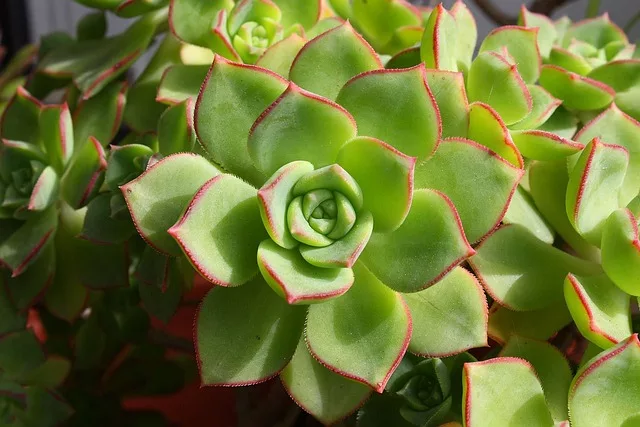
Lithops or stone plants
Perhaps the name already gives you a clue about the appearance of these succulents and it is that if they are not in flower it is not very difficult to confuse them with stones. Of course, when they bloom, their impressive white and yellow flowers almost completely cover the succulent. Normally, they grow between the stones and their appearance is what helps them not to be eaten by their predators.
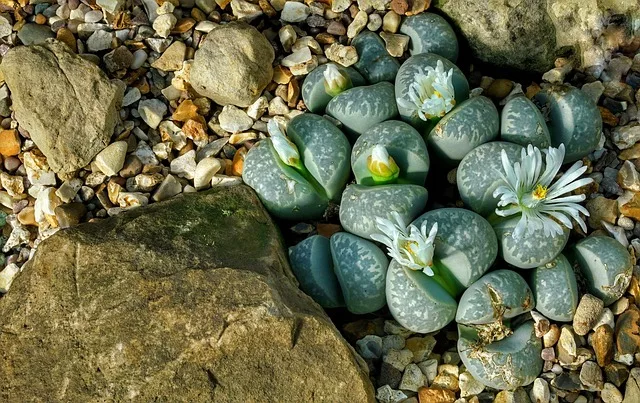
Sempervivum
It is an inquisitive type of succulent known for its resistance and multiplication capacity. And it is that when a Sempervivum rosette blooms, it automatically begins to die. But, although this sounds a bit tragic, what is interesting is that the plant, before flowering, has been in charge of producing new rosettes, thus guaranteeing its survival.
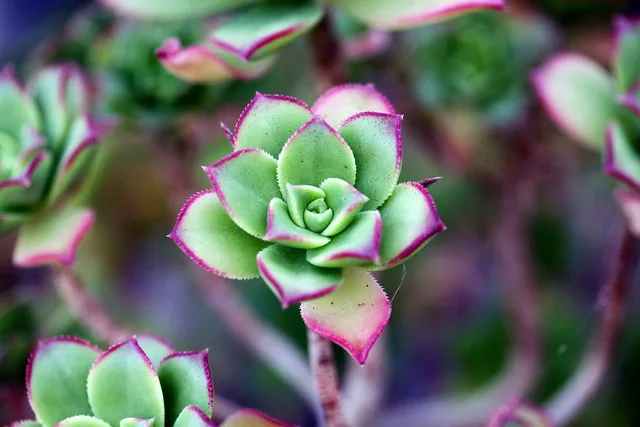
Cacti
As we told you before, cacti are nothing more than a very particular family of succulents. The variety is immense, there are more than 1,600 species! They come in different sizes and shapes, but their main characteristics are the storage of water in the trunk and the thorns that cover these plants.
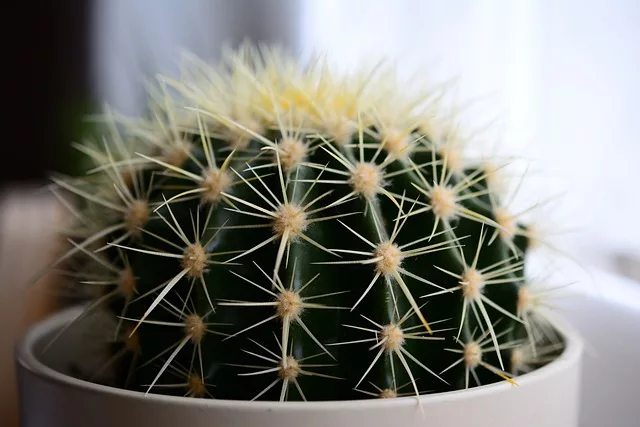
Aloe
Without a doubt, another of the most popular succulents. The Aloe Vera species is perhaps the best known for the moisturizing, soothing, and healing properties attributed to it and which also make it highly appreciated in cosmetics.
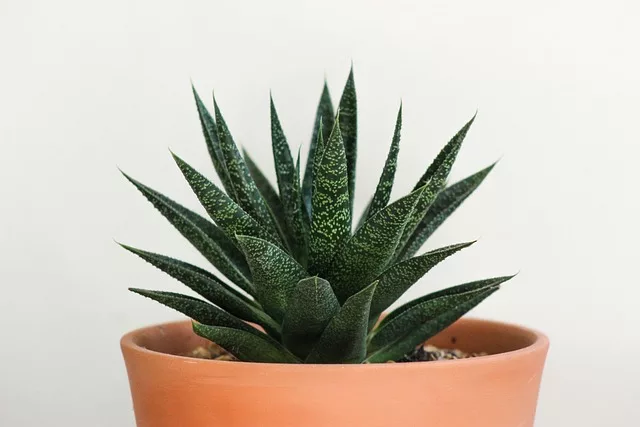
Haworthia fasciata
Also known as the “zebra plant”, it is a type of succulent that barely reaches 10cm in height. It has large, triangular green leaves with very characteristic white stripes that give it the name “zebra”. It usually blooms around October or November with small white or pink tubular flowers.
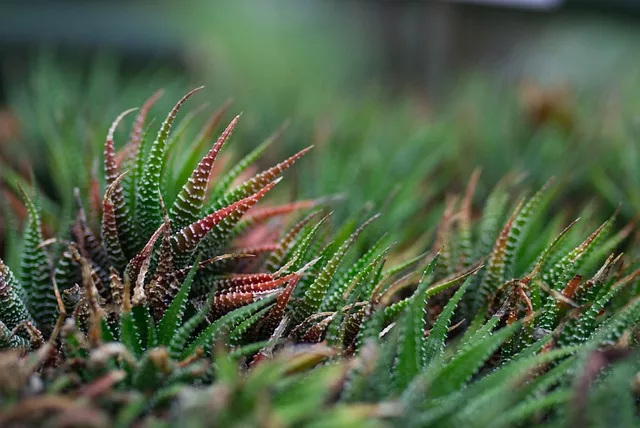
Graptopetalum
A very pretty and decorative succulent that will look great in your interior spaces. Its stemless rosette shape is really elegant and that is why it is one of the favorite succulents to decorate.
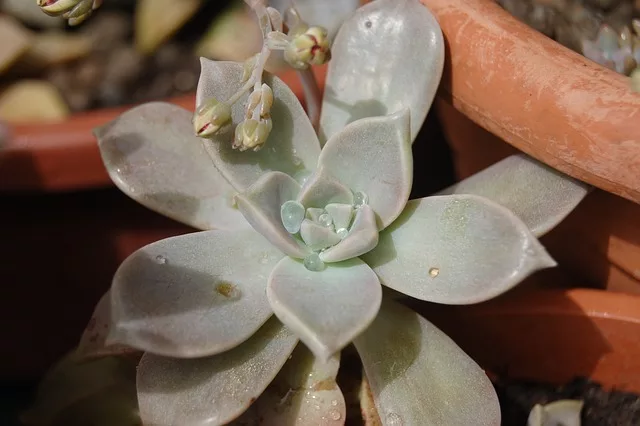
Care could determine how big can succulents grow
Irrigation
Strengthening the growth of succulents requires special attention to watering. As these plants are characterized by their storage capacity, the water supply must be sporadic. Not more often than every three or four days.
To further improve its conditions, water it with purified water since salts can affect its development. Some people use direct rainwater to strengthen succulents.
Control soil moisture
Another aspect to take into account is the condition of the land. For your succulents to grow healthy and beautiful, it is necessary to use organic substrate and not common soil. On the other hand, having their particular storage capacity, flooding especially affects them.
If a very humid earth is observed, stopping the risks for 15 days or until it is dry again is ideal. It is advisable to use pots with small holes for water to drain. In this way, the generation of fungi is also avoided.
Prune
Prune so that your succulents grow healthy and beautiful. Like other species, succulents lose leaves at the time of their renewal. Therefore, a subtle pruning or cleaning of the branches must be executed. Removing the leaves that are weak and removing those that have already fallen is not an optional task.
Provide adequate sunlight
Another important detail is exposure to sunlight, which must be quite present in these species. Otherwise, the leaves lose shine and color.
Make sure that exposure to the sun is not always direct, as it can be harmful. A demonstration that you are getting the right amount is the annual bloom.
Succulents with healthy growth usually develop flowers once a year. Conversely, if the plant is stretching very high, it may mean that it is looking for sunlight, so the exposure should be increased.
Maintain shine and growth
A tip to promote the development of succulents, also functional for other species, is to change the pot for a larger one. In this way, the plant interprets that it has more space and continues to strengthen.
A small pot limits its growth. However, in the case of succulents, the transplant must be carried out during the hot months.
Check the tips
The ends of succulents can reflect poor care habits. If the tips are burned, the plant may have been exposed to too much sun.
Another reason is that it is in a very cold environment. To take care of them from the generation of fungi, burns, and rotting of the roots, avoid placing them on a plate since their drainage is hindered.
Wrap-up – How big can succulents grow
So there you have it! how big can succulents grow is determined by the variety and the general care you give them. It’s very important to take note and follow closely the recommendation if you want a healthy and beautiful succulent.

